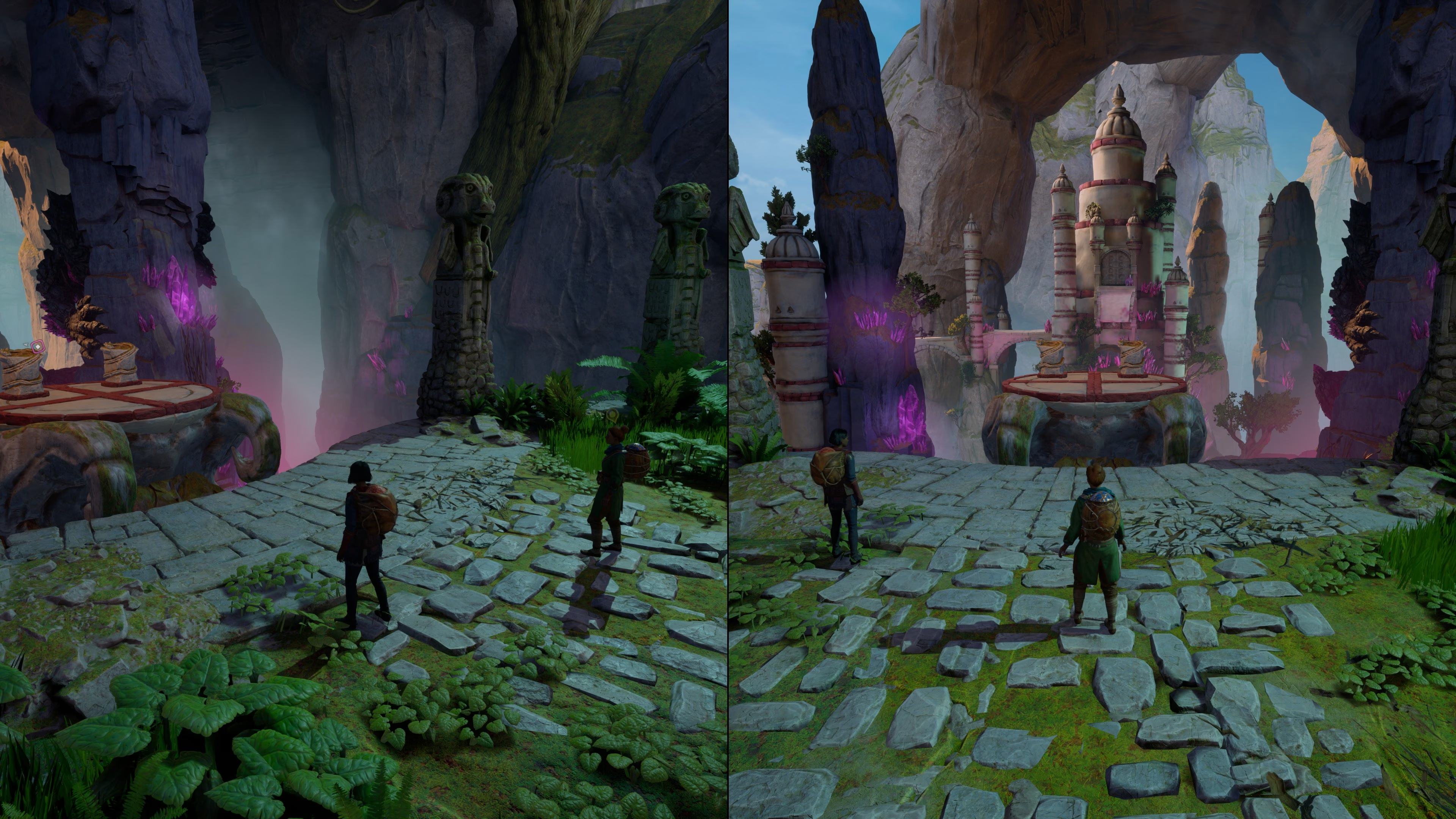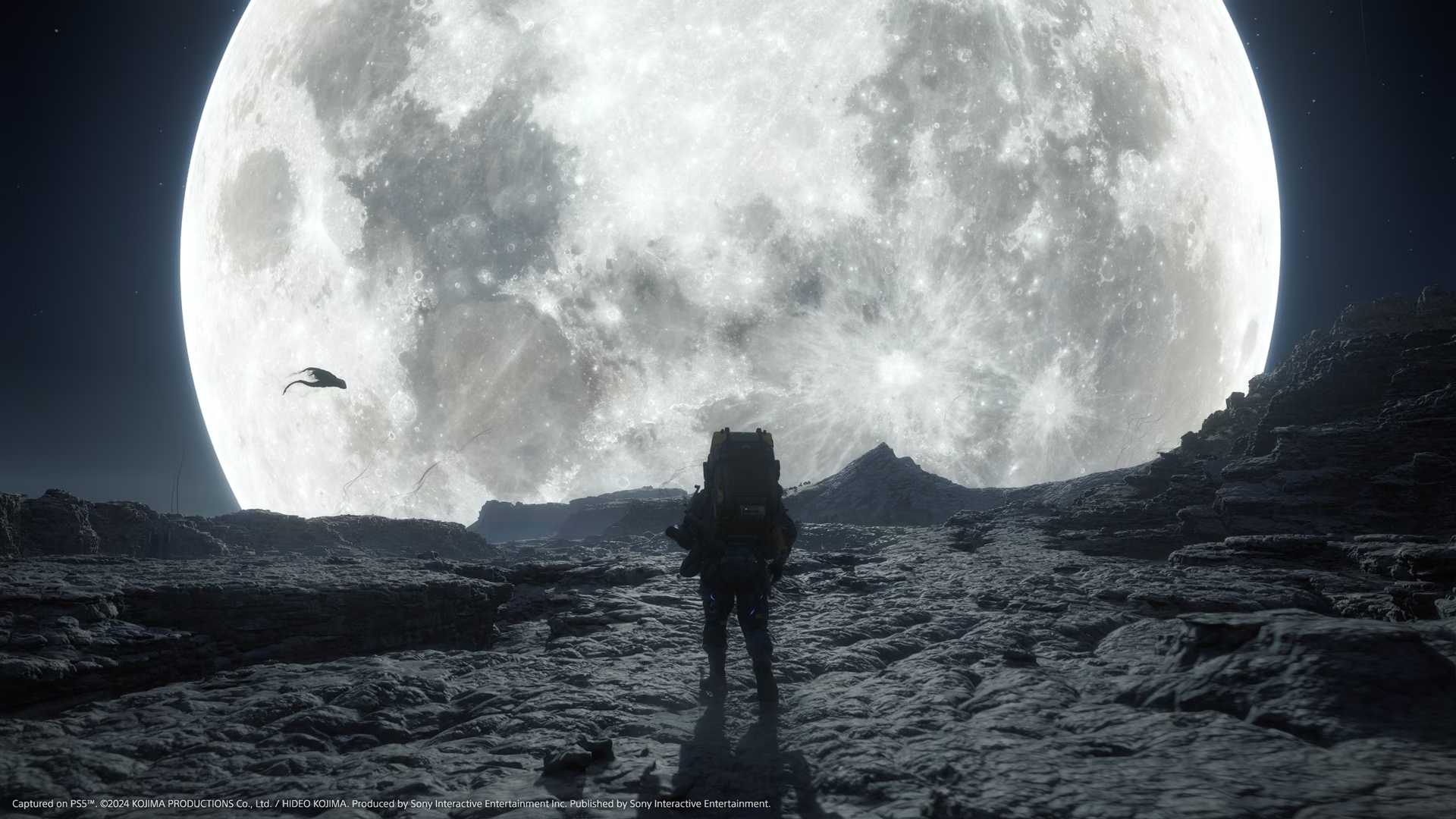Masterclass in Anti-Fatigue Open World Design
Ghost of Yotei Review



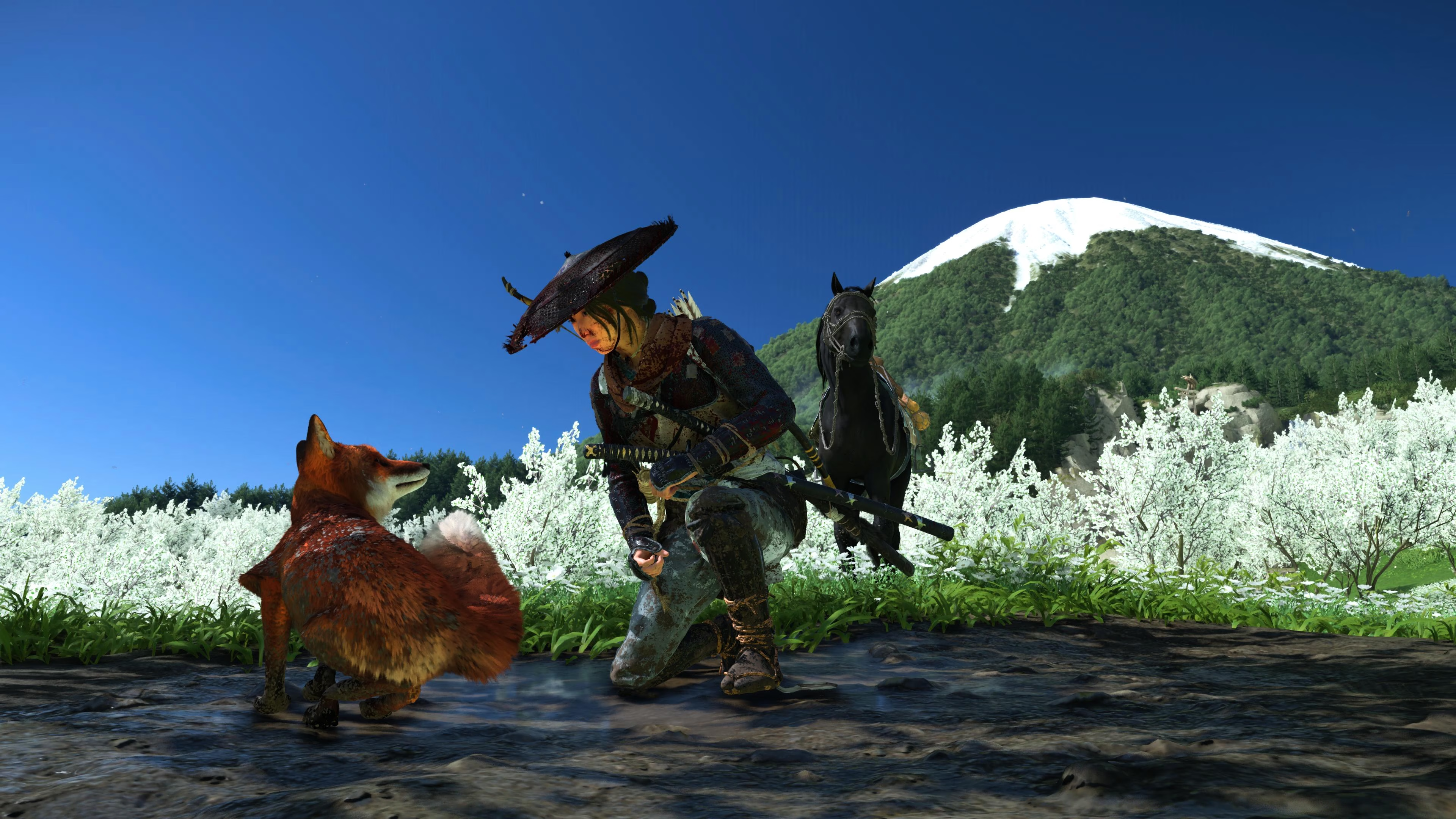
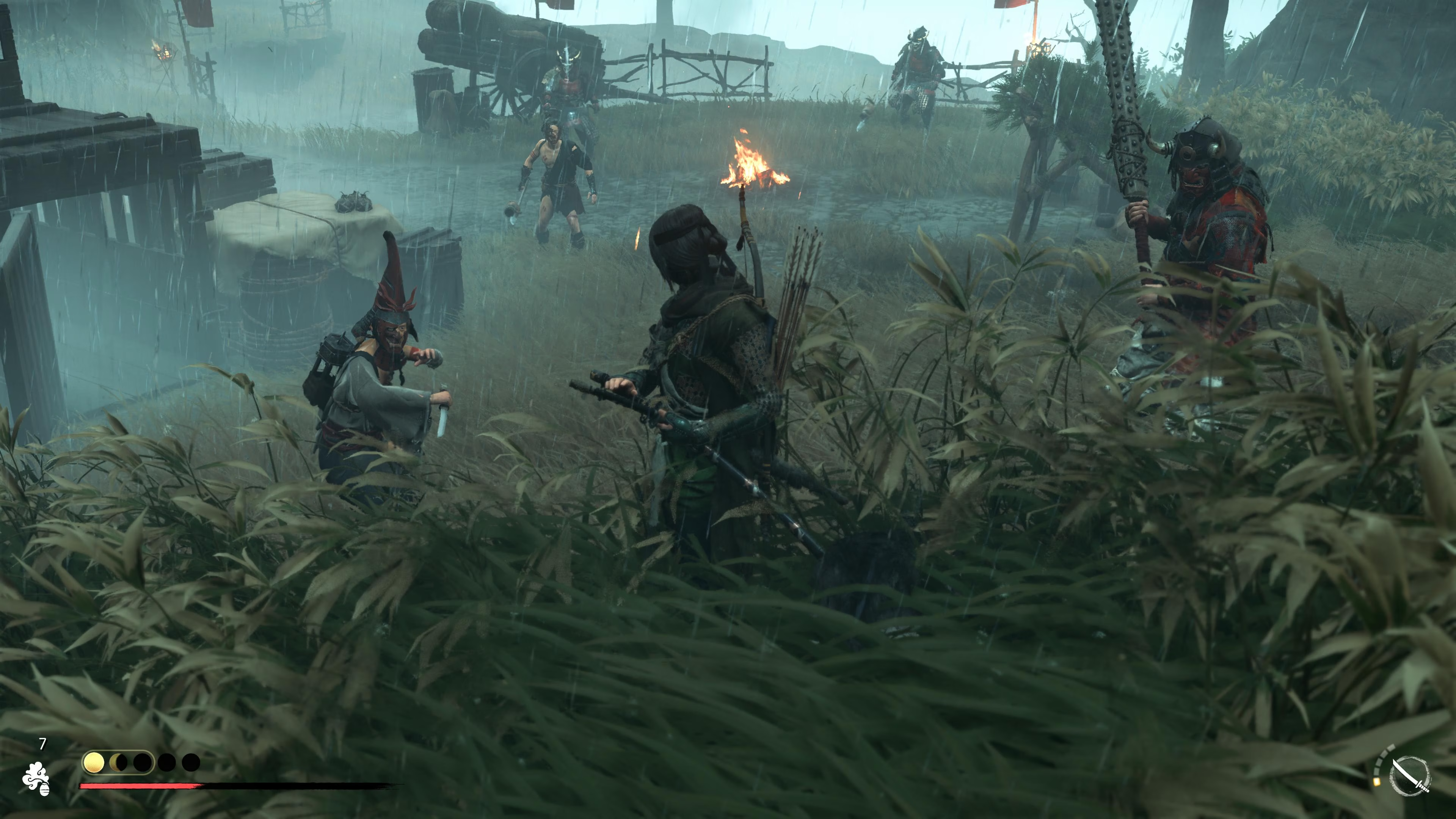
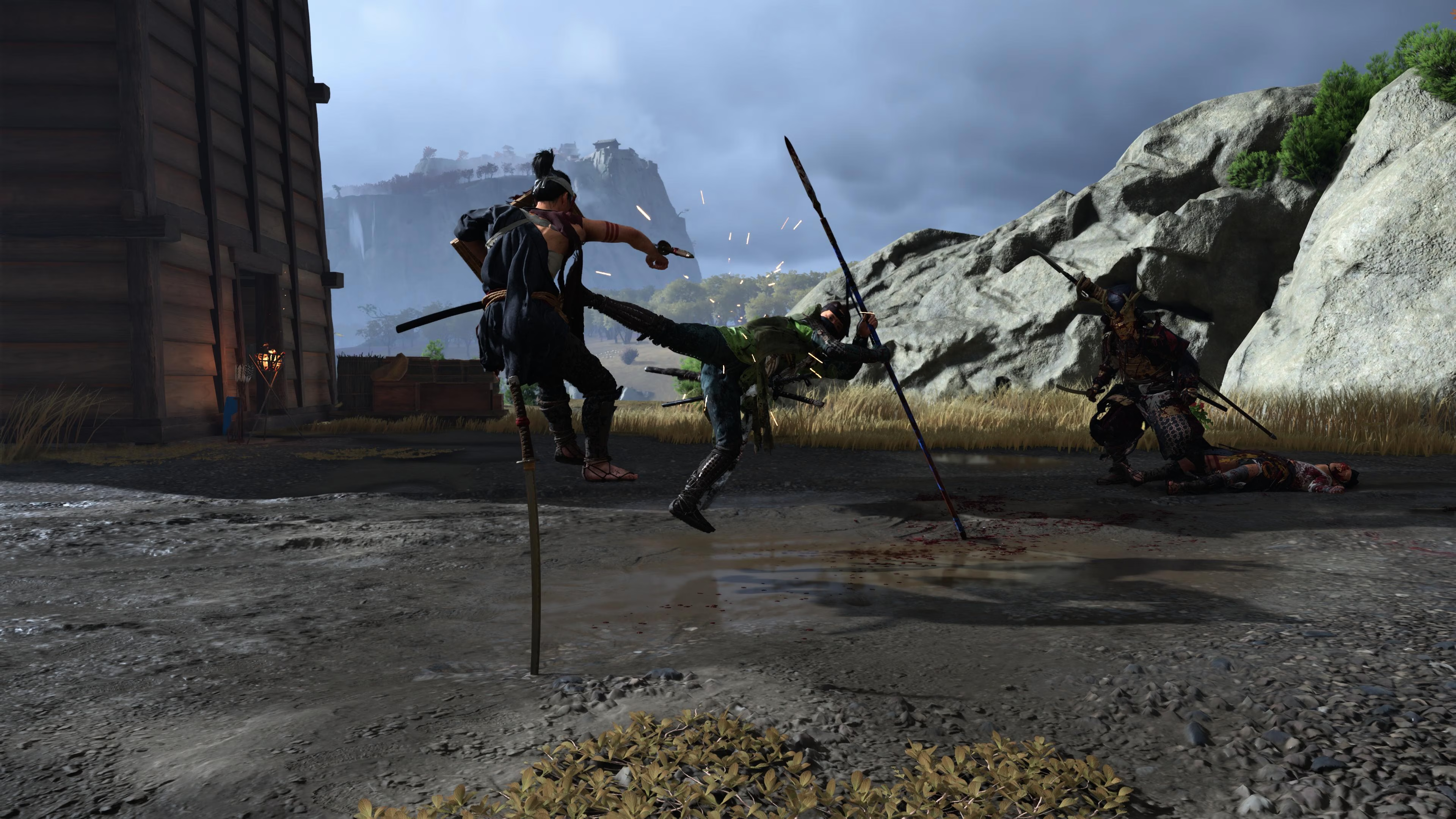
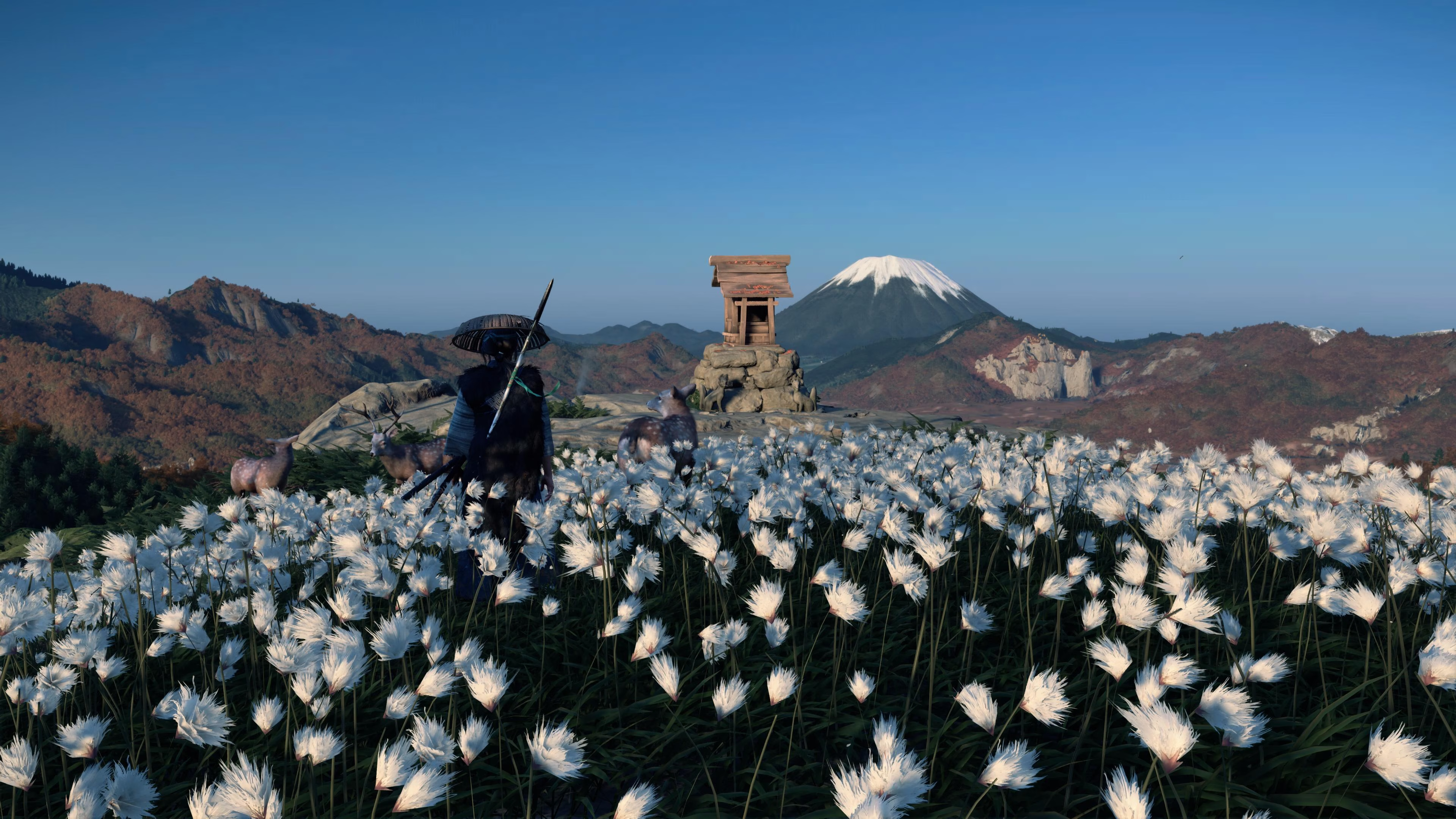
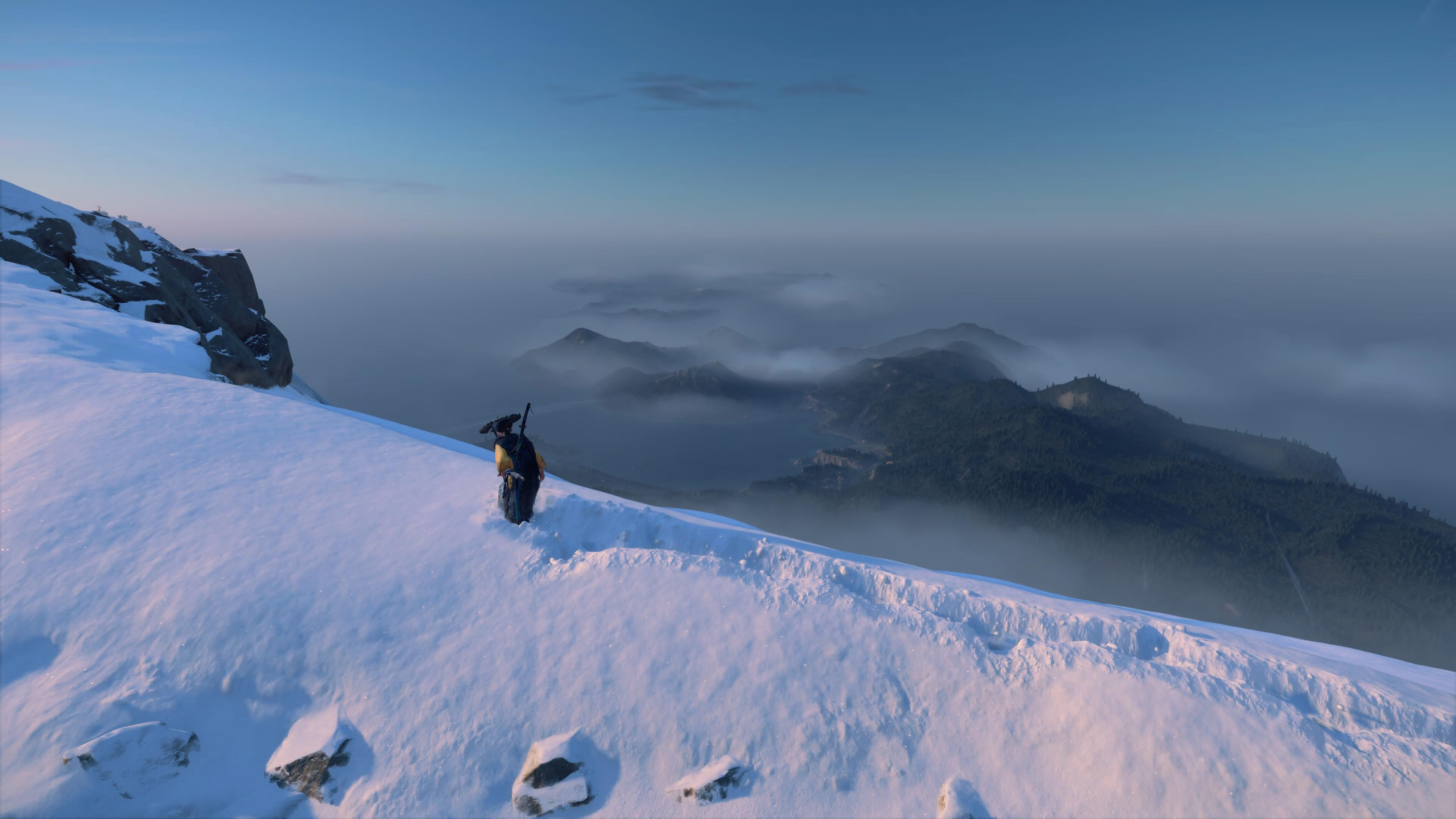
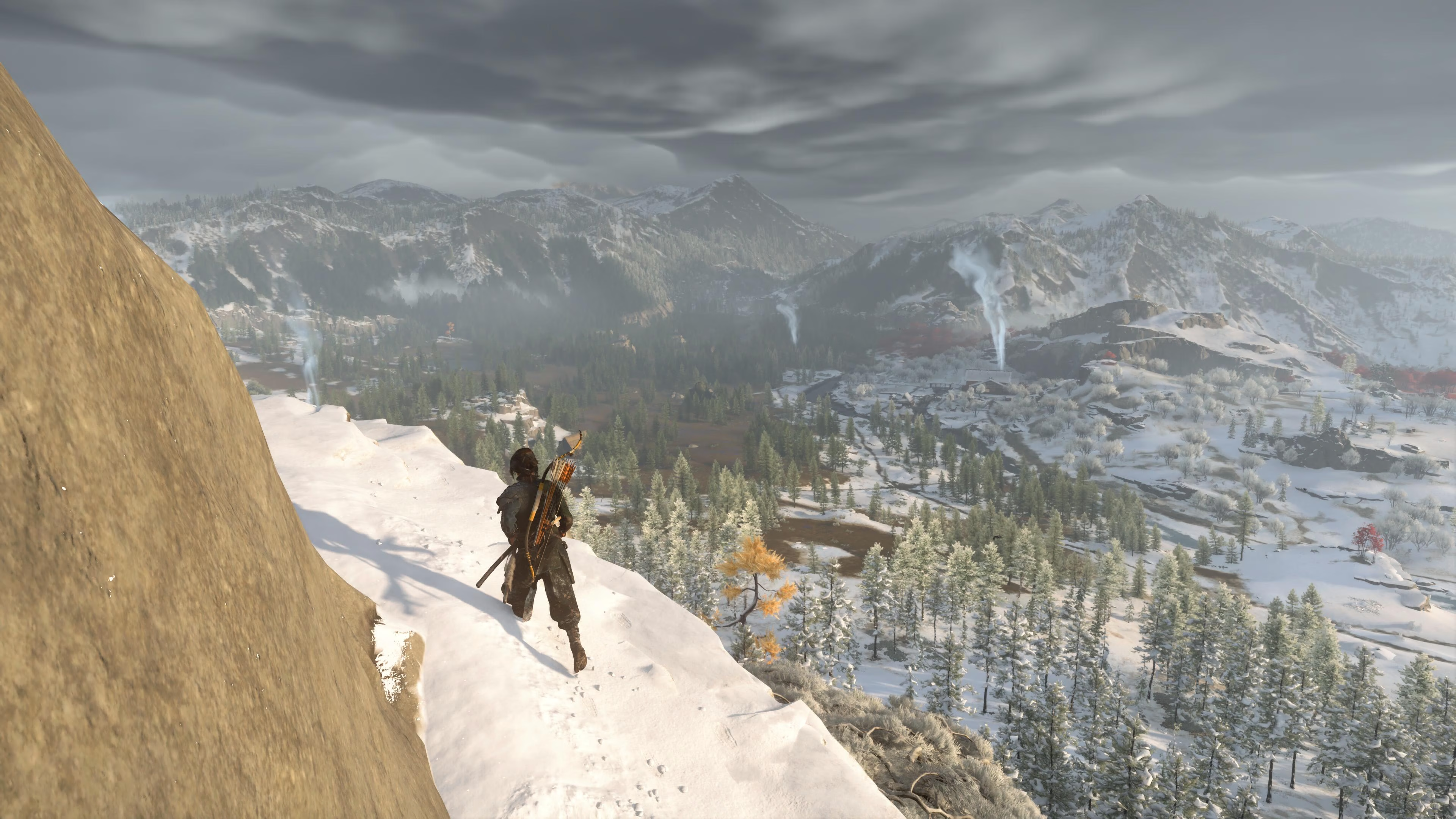


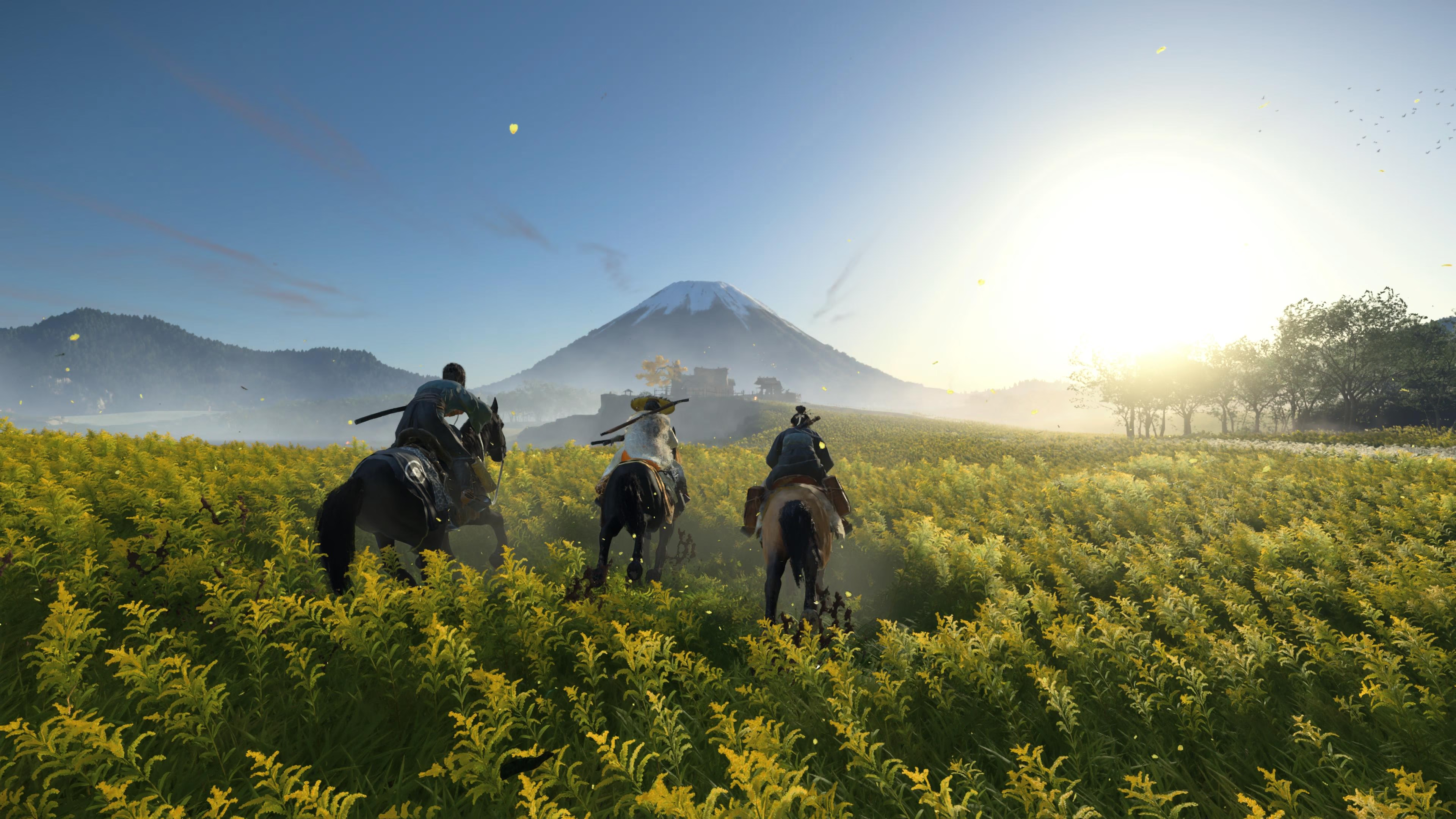

Ghost of Yotei, the newest installment in the acclaimed feudal Japan action series, shifts the stage to Ezo/Hokkaido Japan, introducing a new protagonist, Atsu, and a razor-sharp revenge narrative. Set during a tumultuous period, the game follows Atsu as she embraces the path of the Ghost to hunt down her targets. While built upon the foundations of its predecessors, Yotei immediately distinguishes itself by prioritizing refined gameplay flow and anti-fatigue design over overwhelming map density, setting it up as a truly modern open-world experience.
Pros
- ⬆️Improves upon the first game in almost every aspect.
- 🧠Open world that flows like a tightly crafted linear experience.
- ⚔️ Combat system is more fun, powerful, and incredibly versatile.
- 🔪 Assassination mechanics are superior, featuring chain assassinations and numerous gadgets.
- 🗺️ Map and quest design are minimalistic and highly anti-fatigue.
- ❤️ Side quest content maintains the quality and depth of the main narrative.
- 📜 Pure, focused revenge story provides a strong, cinematic narrative core.
Cons
- 💬 Still no option to skip dialogue line-by-line, necessitating full scene skips.
- 🐌 Character development starts slowly before truly kicking in.
From the outset, Ghost of Yotei presents a unique paradox: it’s an open-world game that never feels like one, and I’m saying that as a compliment. If you’ve ever played a cinematic, tightly constructed experience like The Last of Us Part II or Uncharted 4, you’ll recognize that focused, deliberate pacing here. The game manages to achieve a similar sense of momentum, making you feel as though you are constantly being propelled forward by an invisible, masterfully crafted narrative thread.
In Yotei, nothing seems a chore. This is perhaps in my opinion the greatest compliment that can be paid to a modern open-world title. The experience flows from exploring caves into working out where the hot springs is, and even the weapon unlocks, abilities, and bounties are all tied together into a single, cohesive progression loop. How smoothly everything integrates means you’d think it was a tightly crafted linear experience, yet the entire world of mainland Japan is yours to explore. This highly gameplay-focused approach means the pacing is very well done, focusing on gameplay and progression almost immediately without any boring padding.
Anti-Fatigue Design
A massive contributing factor to this smooth flow is the game’s philosophy on map design and user interface. For once, an open-world game avoids turning its map into a migraine-inducing cluster of meaningless icons. The map and quest design are brilliantly minimalistic and very anti-fatigue.
This minimalist presentation extends directly into the gameplay. The UI disappears when not needed, keeping the screen clean and allowing the gorgeous environment to take center stage. You are encouraged to follow environmental cues—the wind, the movement of animals, the texture of the ground—rather than staring at a compass or mini-map. This deliberate approach to pulling the player into the world, rather than pushing them toward objective markers or bombarding them with information, is what makes the questing and progression so rewarding. Everything feels earned, not checked off a list.
It also helps that there are multiple ways of finding where points of interests are, perhaps you’d prefer climbing a high spot, looking at your spyglass to spot these from afar. Perhaps you’d just want to buy a map from the cartographer and deduce where it is on the world map, or maybe you want to use your musical instrument Shamisen to let the wind guide you where you want to go, be it a Hot Springs to increase your health, a shrine to unlock new skills, a bamboo strike location to increase your spirit, and more.
This respect for player agency in discovery is echoed in the exceptional quality of the content itself. Side quests, ‘Tales’ quests, and even random encounters are not throwaway filler; instead, they are exceptional content that consistently rival the quality and depth of the main story. By treating every minor narrative with the same cinematic weight, Ghost of Yotei ensures that venturing off the beaten path is always a choice of intrigue, never a grind or a nuisance.
Powerful Combat and Traversal
When it comes to engaging with the enemy, Yotei truly shines. The combat system feels superior to the previous Ghost of Tsushima, and it has arguably one of the bestcombat system in the genre right now. You feel the full weight and power of Atsu, the protagonist. She is a versatile engine of destruction, wielding a comprehensive arsenal that makes her feel like AC Shadow’s Yasuke and Naoe rolled into one person with all the weapons she can use back and forth seamlessly. From the Katana (or even two of it dual wielded), Kusarigama, Yari, Odachi, Hankyu (Medium Bow), Yumi (Longbow), Tanegashima (Rifle) and multiple types of throwables such as Bombs and Kunais.
Beyond the straight-up conventional weapons, the tools of the trade are elevated even for Stealth. Ghost of Yotei does assassinations way better, providing players with satisfying ways to clear out camps using chain assassinations, kunai and kusarigama assassinations, smoke bombs, and blind bombs. The sheer variety ensures that stealth doesn’t become monotonous; you always have the right gadget for the job, even if it doesn’t all go to plan.
This sense of fluid power also defines movement, which retains the grounded, focused style established in the series. While you cannot truly parkour onto every single surface on the map, the traversal is way better due to its smooth, intentional flow. The game avoids the open-world pitfall of excessive clutter, focusing instead on dedicated, well-placed open areas, climbing paths, and grappling points. This style ensures that when Atsu climbs a rooftop or scales a cliff, it feels deliberate and athletic, maintaining the cinematic weight of the action rather than devolving into mere free-climbing. This focused verticality makes exploration not just a means to an end, but an enjoyable part of the game loop.
Kill-Yotei-Six: A Revenge Story with Bite
While many players enjoyed Jin Sakai’s personal ‘Samurai or Ghost’ struggles and the political drama of the previous entry, I love Yotei’s story more because it is a pure revenge story which 100% fits the ‘Ghost’ name. It is a no-nonsense revenge narrative, similar to Kill Bill—streamlined and highly focused. This approach creates a strong emotional hook right from the start of Atsu’s “revenge tour.”
Initially, the characters felt underdeveloped as you are immediately thrown into the action, but they are slowly fleshed out through flashbacks and more dialogue as the game progresses. This patience pays off, creating connections that feel earned. I found the characters less insufferable than the companions of the previous game, and the main villain has more of a personal connection to Atsu than simply being a powerful conqueror. This narrative structure—where the tension builds with each step toward the final target—creates a more cinematic and personally engaging experience.
World Detail and Against Contemporaries
The move to mainland Japan (or rather, Hokkaido/Ezo) has allowed the developers to create a world that is visually spectacular, incredibly lively, and much more familiar looking and relatable. The graphics are crisper this now around, now built for the PS5. The environment feels interactive and grounded, particularly the foliage and grass effects, which are absolutely still best-in-class and unparalleled just like its predecessor. The overall visual design and artistry are exemplary. Furthermore, the cinematic weather system, especially the effect of rain, fog, and lightning, when it is fired up, adds a thick layer of cinematic atmosphere to every confrontation. The world, while vast, is designed for immersion and beauty. All of this is achieved while still being able to provide an option for 60fps gameplay without any noticeable blurriness in the resolution. The game is very well optimized compared to other modern titles.
Now, we have to address the obvious comparison: Assassin’s Creed Shadows. It released in a similar timeframe and shares a setting and theme. It is true that Shadows offered excellent weather systems, stealth and parkour systems, allowing players to climb nearly anything and explore a similarly lively world with detailed interiors. However, where Yotei pulls ahead is in its cohesion. While Shadows may have offered robust individual systems, Ghost of Yotei succeeds by merging combat, progression, world design, and narrative flow into a single, better made, anti-fatigue experience. The overall package of Yotei, when everything is summed together, simply never felt like a chore and proved to be the more satisfying open-world game.
Conclusion
Ghost of Yotei is a phenomenal achievement that without a doubt improves upon the first game in almost every aspect. It provides a blueprint for how open-world games can respect a player’s time while still delivering scope and scale. The side quest content is absolutely on par with the quality of the main quest, sometimes perhaps even better, meaning there is always something worthwhile to do. While I found a small annoyance in the inability to skip dialogue per line, similar to the first game, but that is a minor quality-of-life request that barely diminishes the final product.
With its best-in-class combat, masterful art design, and flawless pacing, Ghost of Yotei is easily one of the best games of the year and is a mandatory purchase for any fan of the action-adventure genre with even the slightest appreciation for ancient Japanese culture.

